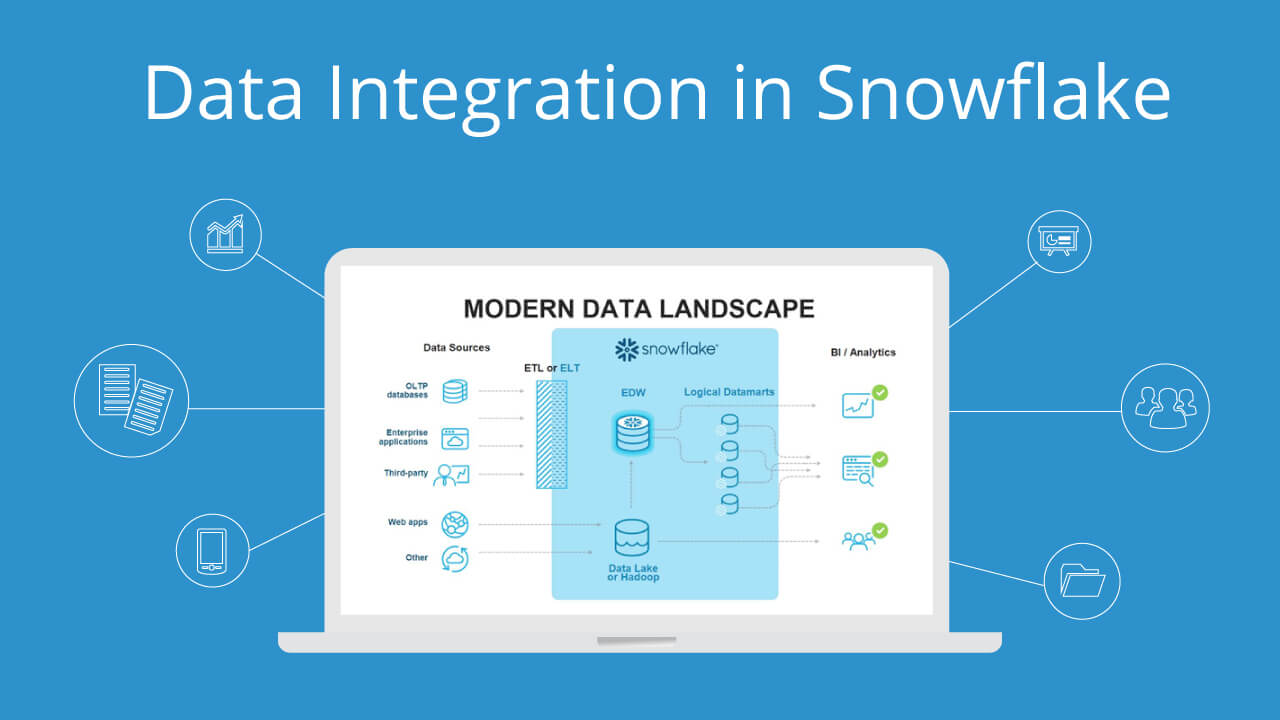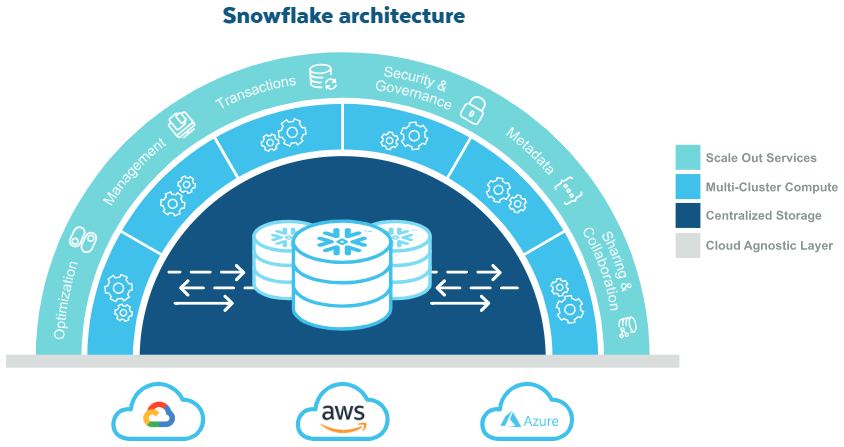Snowflake is a powerful cloud data platform that enables organizations to store, analyze, and share data effortlessly. However, to fully harness its potential, it's essential to optimize your Snowflake environment. In this article, we’ll explore effective strategies for improving performance, reducing costs, and enhancing overall efficiency in Snowflake.
1. Understand Your Data Structure
Before diving into optimization, it's crucial to have a solid understanding of your data structure. Analyze how data is organized and utilized within your Snowflake instance. This includes reviewing tables, schemas, and relationships. Ensuring that your data model aligns with your business requirements will significantly improve query performance and data accessibility.
By focusing on efficient data organization, you can streamline processes and reduce the time it takes to retrieve valuable insights. For additional resources on effective data organization, check out Keebo, which offers tools to enhance your data management practices.

2. Use Clustering Keys Wisely
Clustering keys play a vital role in optimizing query performance in Snowflake. They help in organizing the data in a way that improves the efficiency of search operations. By strategically defining clustering keys, you can reduce the amount of data scanned during queries, leading to faster results and lower compute costs.
- Tip: Regularly monitor the performance of your clustering keys and adjust them based on query patterns and data growth.
3. Optimize Storage
Efficient storage management is crucial for minimizing costs in Snowflake. Take advantage of Snowflake's automatic data compression, which reduces the amount of storage used without sacrificing performance. Regularly review your data storage and remove any unnecessary data that may be consuming resources.
Benefits of Storage Optimization:
- Cost Savings: Reduced storage costs through effective data management.
- Improved Performance: Faster data retrieval and processing.
4. Monitor and Adjust Warehouses
Snowflake's virtual warehouses can be adjusted to match your workload requirements. Monitoring warehouse performance and adjusting their size can lead to significant cost savings and performance improvements. Use the auto-suspend and auto-resume features to optimize warehouse usage without manual intervention.
- Best Practice: Set up alerts to notify you of any performance issues, allowing for quick adjustments as needed.

5. Leverage Query Optimization Techniques
Understanding and implementing query optimization techniques is essential for enhancing performance in Snowflake. Utilize query profiling tools to identify slow-running queries and areas for improvement. Here are a few techniques to consider:
- *Avoid SELECT : Instead, specify only the columns you need.
- Use CTEs Wisely: Common Table Expressions (CTEs) can help simplify complex queries but can also lead to performance hits if used excessively.
Conclusion
Optimizing Snowflake is a multifaceted process that requires careful planning and continuous monitoring. By understanding your data structure, using clustering keys wisely, managing storage efficiently, monitoring warehouses, and leveraging query optimization techniques, you can significantly enhance your Snowflake environment.





Comments